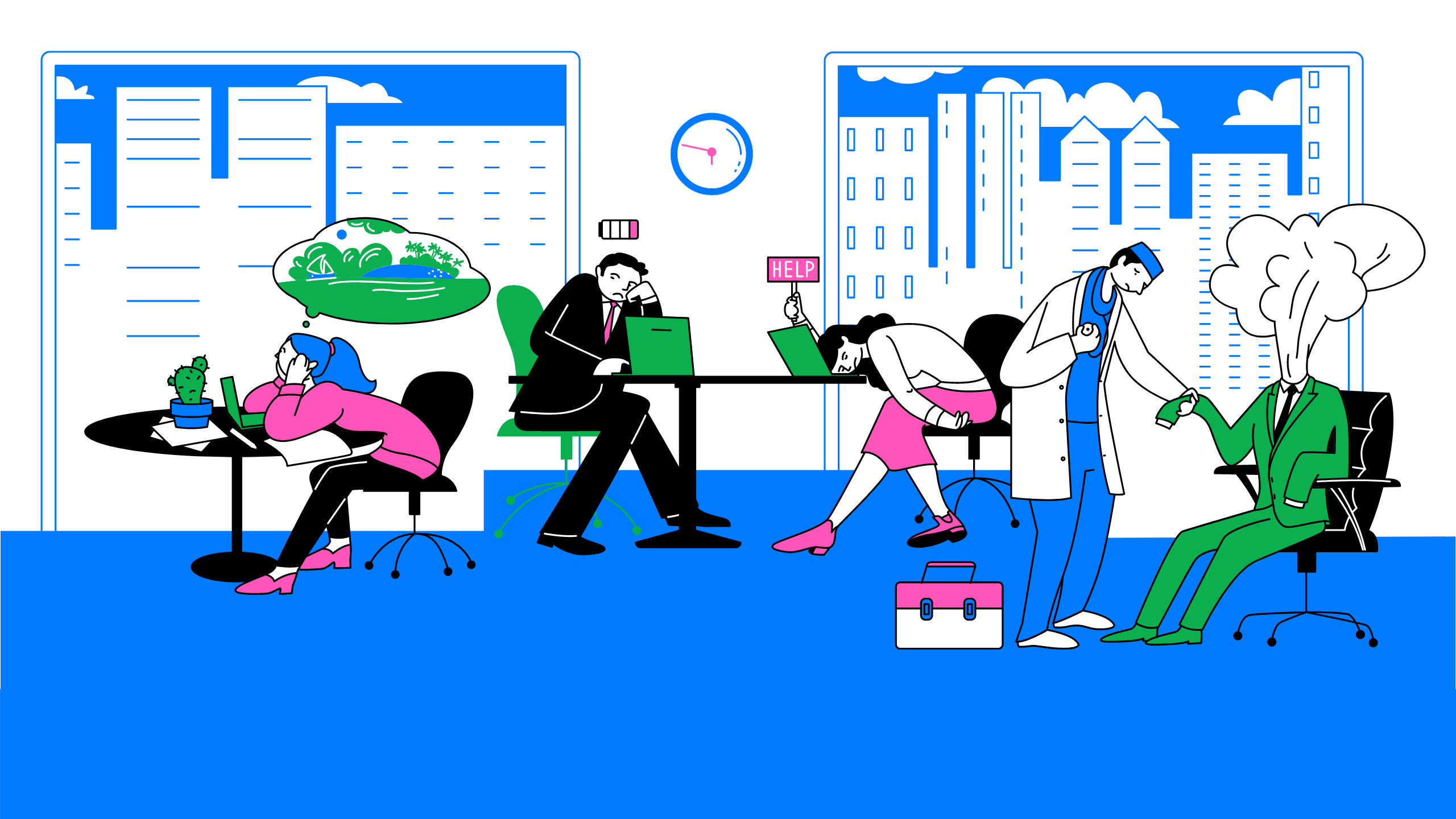An Overlooked Solution For 'Virtual Event Fatigue'
There are countless articles, tweets, and LinkedIn posts from marketers and others expounding upon the future of virtual events and conferences; how ...
by Emily Iwankovitsch
Social Media Marketing Manager
Grab your headphones and have them ready for this one...
A little background first on why we’re highlighting 3D sound experiences: “Immersive sound produced over loudspeakers or headphones has the capacity to deliver a seamless illusion of alternative reality and change the way we relate to and behave in sound. It can revolutionize how we interact with, listen to, and live with music. It can redefine how we entertain, how we communicate, and how we collaborate. It opens creative possibility never imagined before, and it has the potential to improve the quality of life. Immersive sound is strategically aligned with the future of communication and entertainment,” writes Wieslaw Woszczyk in “Immersive Sound: The Art and Science of Binaural and Multi-Channel Audio.”
Spatial audio isn’t new, but it has become increasingly popular in the past couple of years — more apps than ever support it. Maybe you’ve heard about it or experienced it through Apple Music, or perhaps Netflix, or even Clubhouse. Whether you’ve enjoyed spatial audio via your favorite songs, movies, or immersive conversation, one can’t help but notice how much more integrated it is in all of our digital lives.
So, what are some of the most amazing 3D sound experiences you can enjoy? Put on your headphones, and let’s go.
The best 3D sound experiences we’ll cover below are going to be broad in range — and that's on purpose. Sound is emotional, to say the least, and its importance spans many experiences. "Sound and the mind are very, very intricately linked, and yet we almost never pay attention to sound. Sound is always there. It's our early warning system. It's also our emotional driver. It's our attentional driver. Everything you hear has some kind of an impact on you and changes how you respond to the rest of the world," explains Seth Horowitz for NPR, auditory neuroscientist at Brown University.
Starting with an experience that might feel surprising in nature, take a listen with your headphones to the below video.
One commenter describes: “I knew I was listening to a 3D sound experience, but as soon as I heard the realistic knocking, my mind was so fooled that I pulled my AirPod Pros out to try to see who was knocking on my door so late at night. Amazing!”
A musical example that simply can't be beat — Queen.
A comment describes the video's impact: “This one did a remarkable job isolating the voices and instruments and putting each of them in different places.”
This is precisely what spatial audio technology helps with: Sounds are processed to make them appear to come from their real location in space. That translates to not only a more understandable conversation, but music that is beautifully immersive.
One of the top comments for this video perfectly describes the essence of this experience: "It felt so real, yet... it wasn't. I literally felt the first snip from the scissors on the hairs behind my right ear — I'm just shocked.”
Another video that may sound almost surprising in its realness. Another commenter writes: “This is what introduced me to ASMR. Even after so many years, it sounds great. Strangely not even the most popular ASMRtists can bring about this quality.”
This one might surprise you: It's not action packed or musically beautiful, but it is something else quite important — it's a natural conversation, happening virtually.
In the past two years, so many have become unfortunately accustomed to the dreaded Zoom fatigue. One of the best underrated things about spatial audio? It actually helps reduce cognitive load while improving speech intelligibility. Practically, that means people are easier to understand, and it takes less effort to comprehend them. (Research shows turning off your camera can actually help reduce fatigue, too, as well as lessen your environmental impact.)
Clubhouse, the social audio app with 10+ million weekly users, actually recently integrated spatial audio to facilitate more natural conversations. Their Head of Streaming, Justin Uberti, remarked on the effects of 3D audio: "Speaking of the benefits of voice-only communication, there’s been a good amount of research on that in the past couple years. Without spatial cues you have to use timbre… that requires more cognitive effort. [Spatial audio] could actually make for a more enjoyable experience aside from more immersion."
And the best part? It's now possible to easily integrate spatial audio within native apps. With the Local Spatializer, you'll integrate code that is:
Curious to learn more? Message us to chat.
Related Article:

by Ashleigh Harris
Chief Marketing Officer
There are countless articles, tweets, and LinkedIn posts from marketers and others expounding upon the future of virtual events and conferences; how ...
Subscribe now to be first to know what we're working on next.
By subscribing, you agree to the High Fidelity Terms of Service